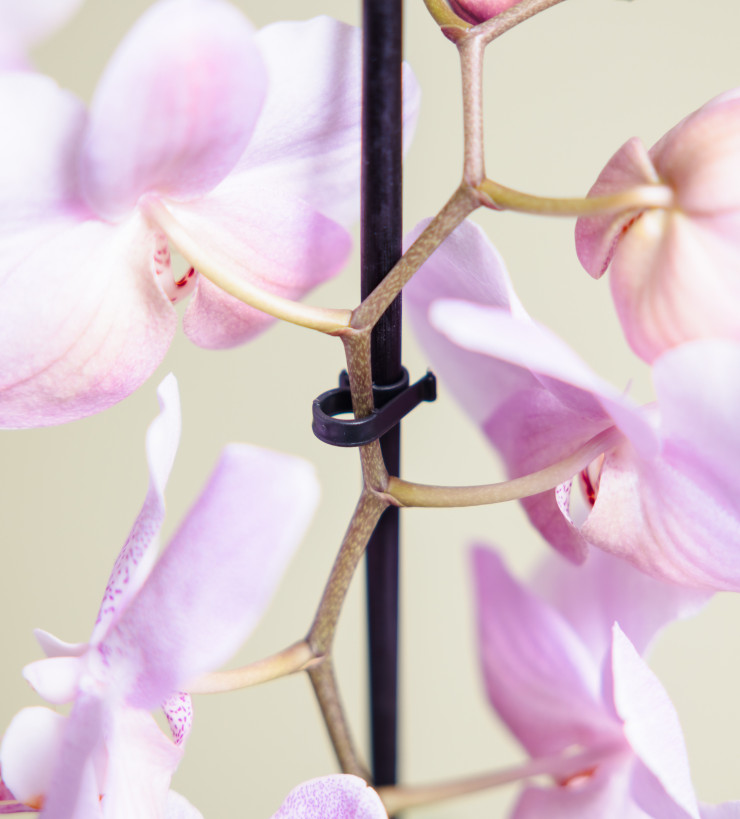
Van Nifterik supplies support materials for flower and plant growers. Those who work with Van Nifterik can count on the best support: in service, product development, logistics and with the implementation of environmentally and socially responsible products.
Bekijk assortimentAt Van Nifterik, you do not only get top quality plant support - you get a partner who thinks, works and grows with you at every stage of your process. Our added value lies in our service and willingness to think along with you to find the best solutions for your needs. Whether it is choosing the right materials or optimizing your growth processes, we are ready to support you and contribute to your success.
Full supply-chain control
In addition to its headquarters in the Netherlands, Van Nifterik also has two of its own companies in China: The trading office in Guangzhou and a production company in Yuanzhou.
Sustainable
Choosing bamboo is good for your plants and for the environment.
Reliable deliveries
With short lines and fast communication, we provide reliable information about production and delivery.
Bamboo specialist
For more than 50 years Van Nifterik has been a specialist in bamboo canes, bamboo trellises and other plant support materials.
Solution-oriented
We love to think along with you to find a fitting solution for your problem.
Personal approach
Because of our relatively compact team you are ensured of personal attention for you and your company.
Enter your e-mailaddress below and receive our free digital catalog.
We would love to answer them. Contact us!
Van Nifterik
'Van Nifterik thinks along well in terms of product improvement and sustainability. They deliver products of consistent quality, so we can be sure that we deliver a good product to our customers.'
Esther van Geest
Nursery Geest Potplanten
'Van Nifterik has many years of experience in quality and direct contacts in China. The cooperation with Van Nifterik is reliable and always personal.'
Franz Josef Odendahl
Nursery Rosenhof Odendahl
Address:
Van Nifterik
Bonnetstraat 40
6718 XN Ede
T: +31 (0)342 424 166
Mail: info@vannifterik.com